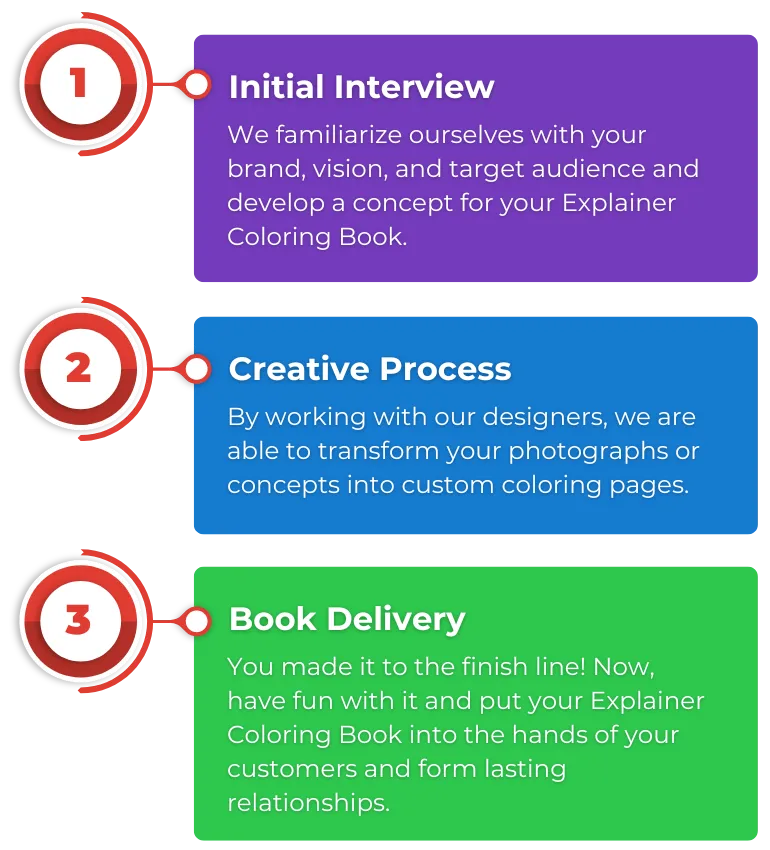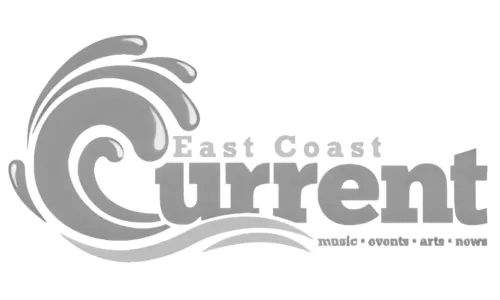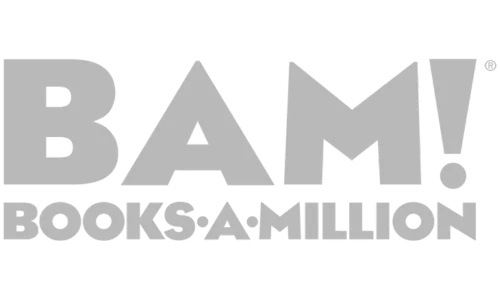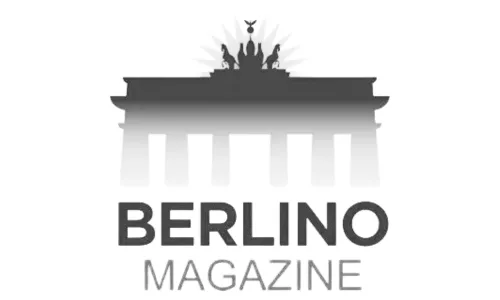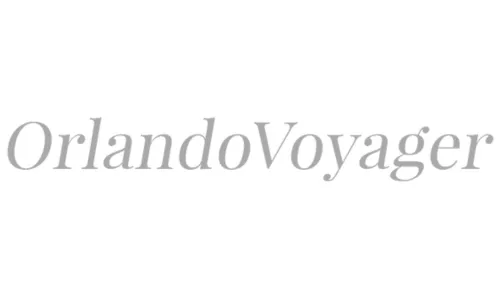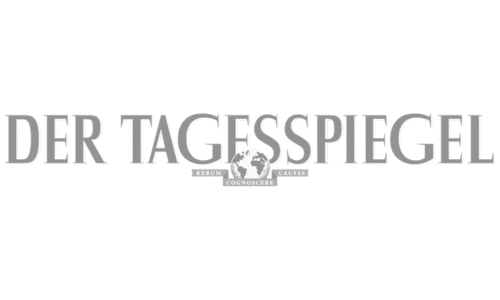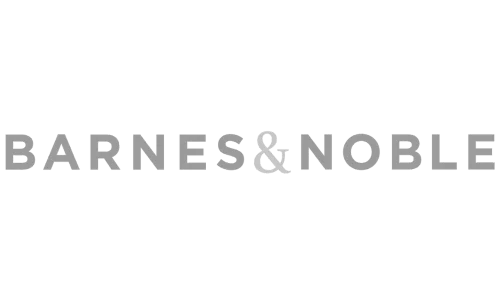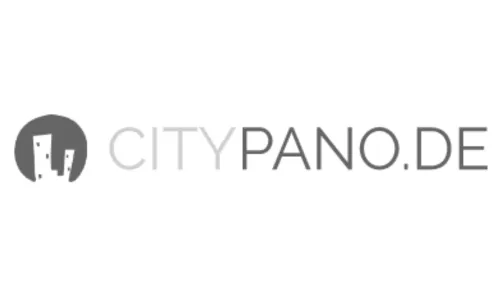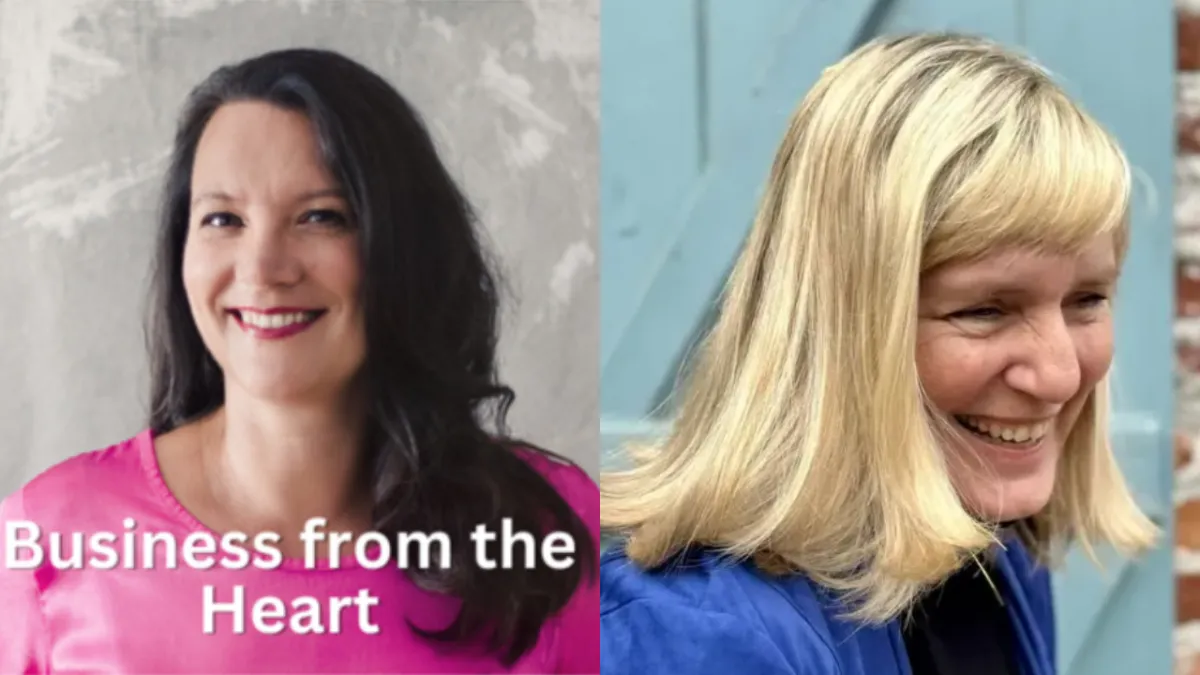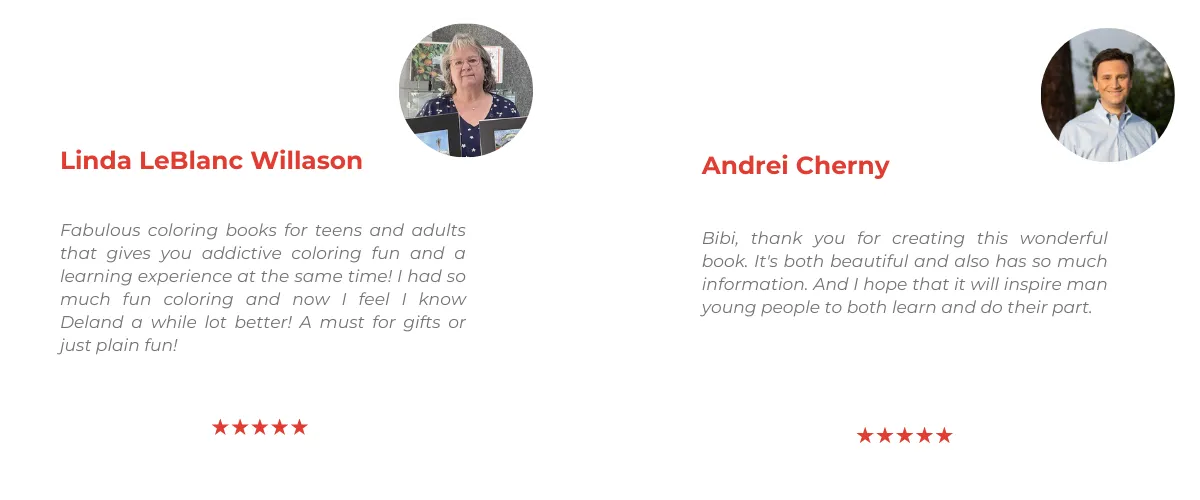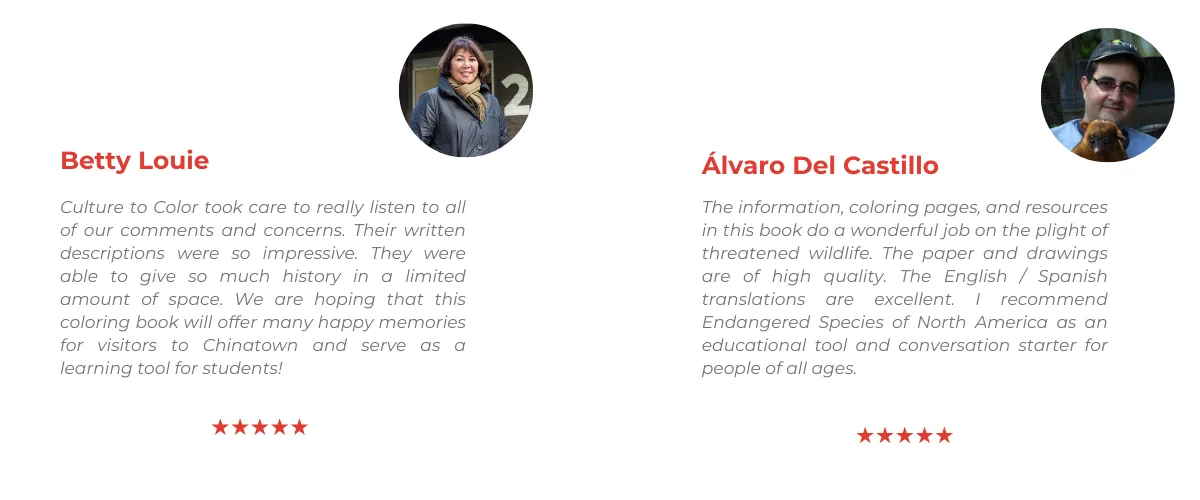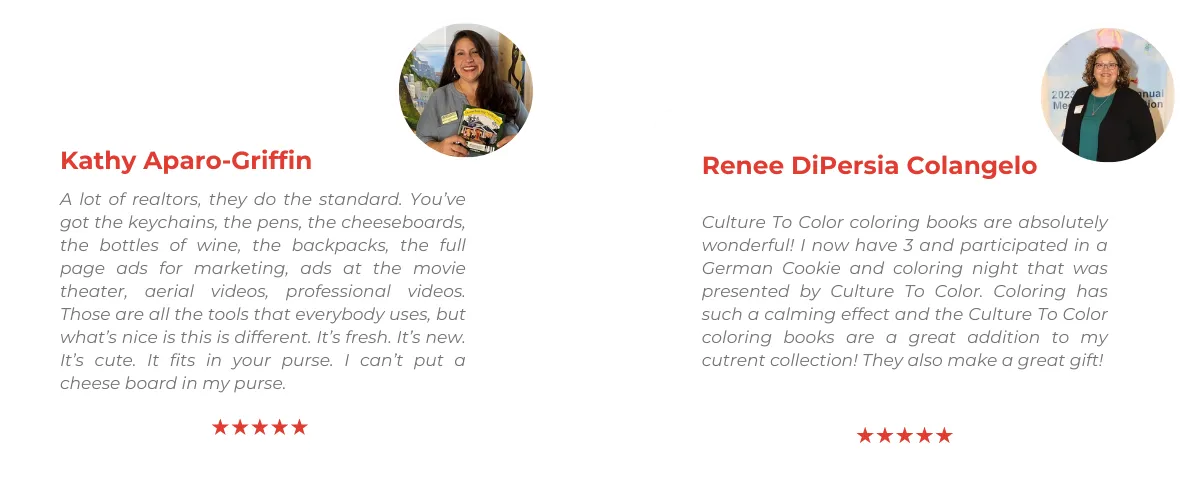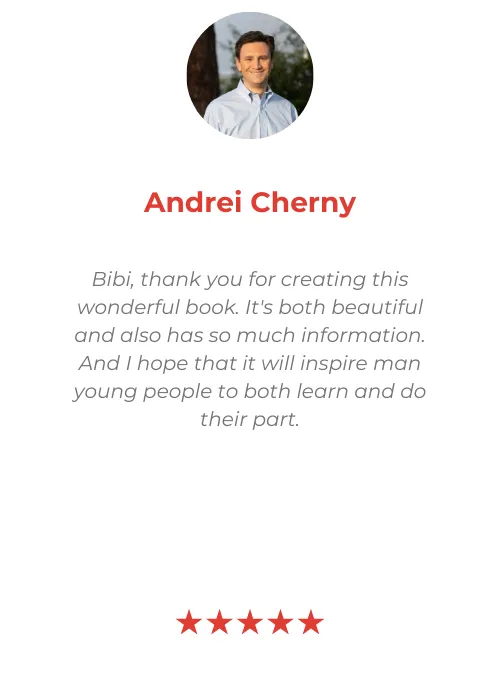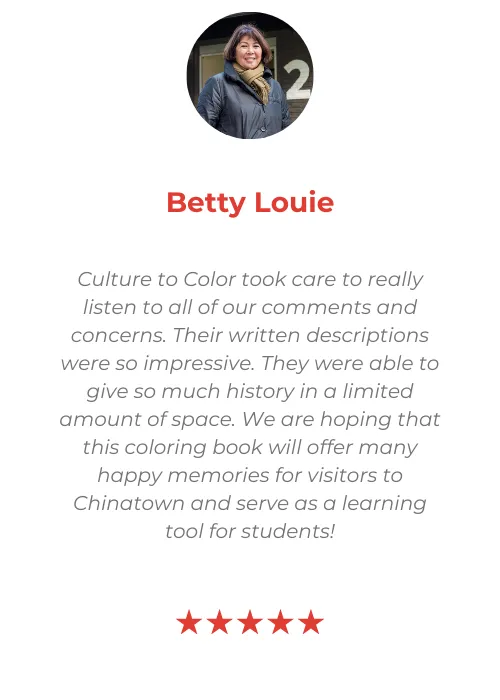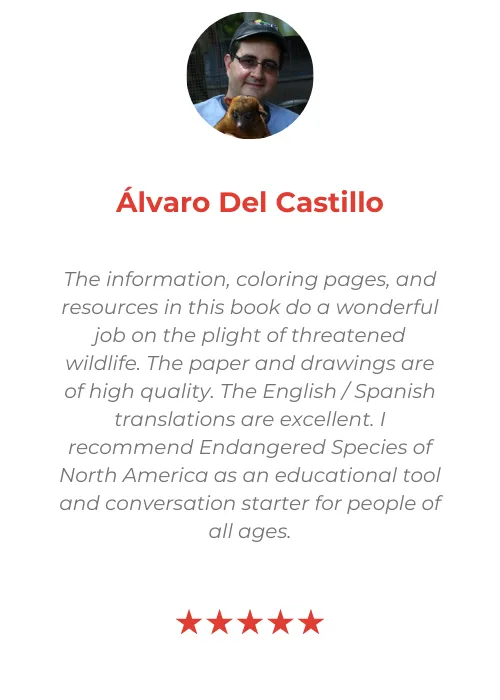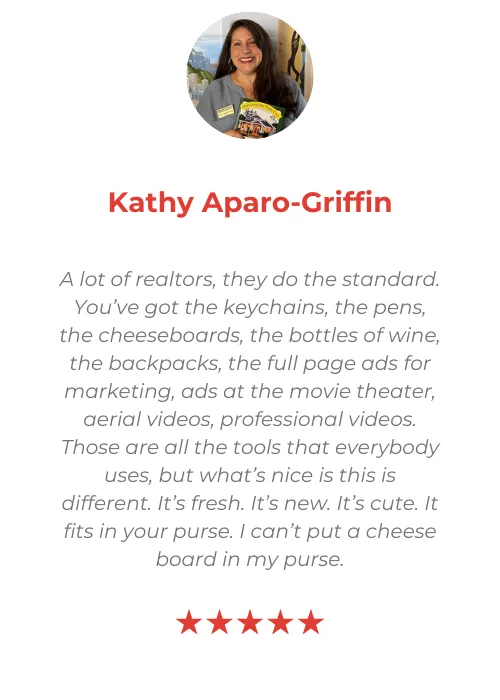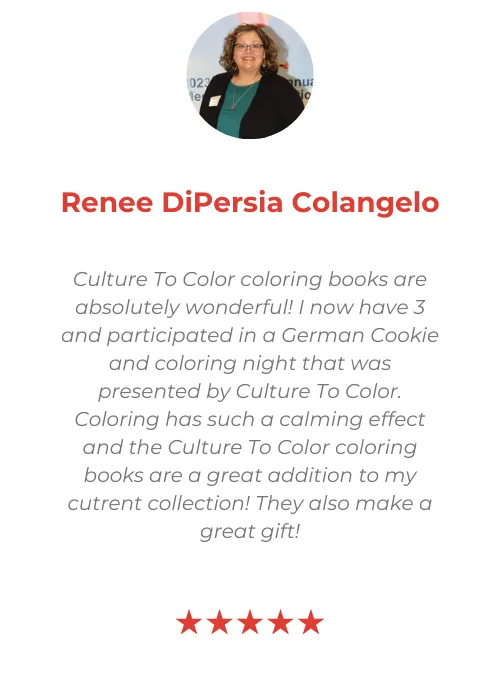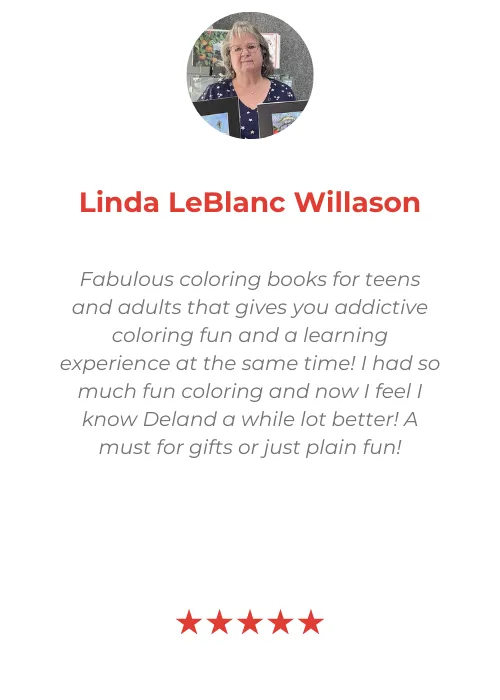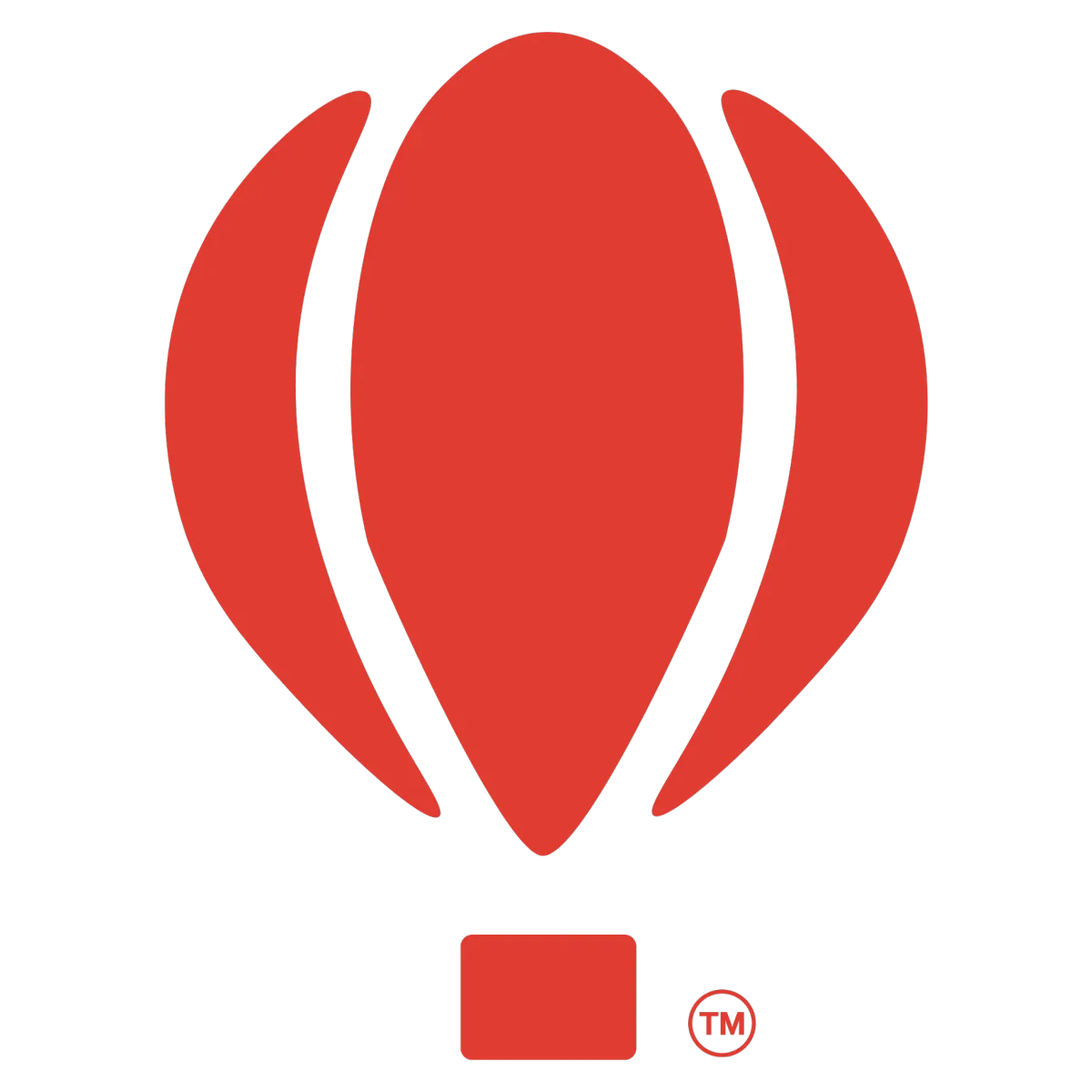Culture to Color®
This is where Creativity meets Communication.
As Seen On
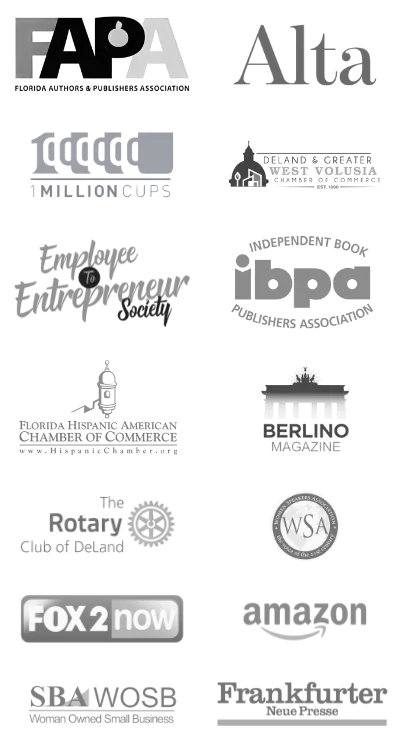
Our Services
We are a boutique marketing company that specializes in creating branded Explainer Coloring Books™ that transform your business's ideas into captivating visuals. Our unique approach merges information and imagination, making complex concepts easy to understand and share.
Elevate your brand with our customized coloring books and bring your message to life in vibrant, engaging ways.
Explore our innovative marketing solutions today!

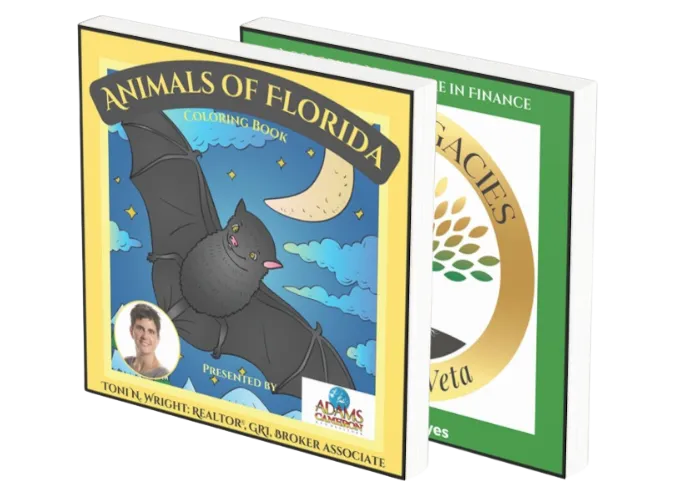
Pick and Choose
Perfect for any business or organization that is looking for custom-branded marketing material.
Why Work With Us?
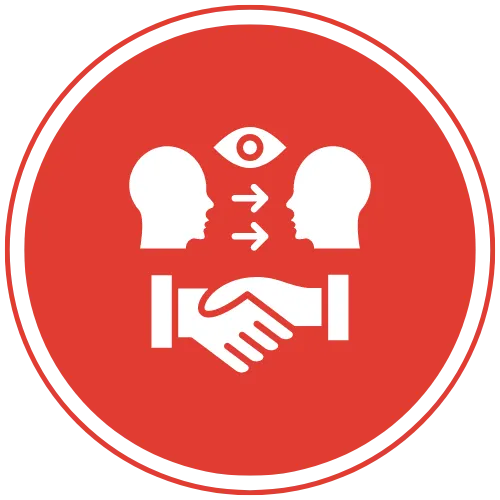
We transport you into a world of innovative marketing that leaves a lasting impression with your audience.
We transport you into a world of innovative marketing that leaves a lasting impression with your audience.

Our unique approach blends information and imagination, making complex concepts easy to understand and share.
Our unique approach blends information and imagination, making complex concepts easy to understand and share.

Our outside-the-lines marketing concept combines illustrations and explanatory text, encouraging active engagement with your audience.
Media Features
How Coloring Books Can Unlock Creative Marketing
Deanna Hinsz sits down with our founder Bibi LeBlanc. Learn how Bibi’s explainer coloring books offer a unique way for businesses to market themselves. From custom branding to memorable storytelling, these coloring books are more than just a fun activity - they’re powerful marketing tools that set your business apart from the competition.
Business from the Heart
"Business from the Heart" is an inspiring podcast channel that focuses on the connection between business success and heart-driven action. Successful entrepreneurs, self-employed people and managers share their experiences of how they successfully implement their passion in business.
Commendation for Culture to Color's Chinatown coloring book at San Fransisco Board of Supervisors
We had the great honor to receive a commendation from Supervisor Aaron Peskin at the San Francisco Board of Supervisors meeting for our coloring book: Explore & Color San Francisco Chinatown!
Inspiring Life Journeys with Bibi LeBlanc
Hosted by Shantha Monty, Inspiring Life Journeys features conversations with everyday people on their ups and downs in business and life. Learn as Bibi shares her lessons and experiences in this episode.
The Day East and West Berliners United: Freedom and Entrepreneurship
In this inspiring episode of "Breaking Barriers," join us as we delve into the remarkable journey of our very own Bibi LeBlanc. She is a Berliner who witnessed the historic fall of the Berlin Wall. As she shares her deeply personal experience of hope, resilience, and freedom, we uncover the profound impact of this momentous event on her life and aspirations.
Finances and Coloring Books: The New Way to Financial Freedom
It's coloring time! In this episode, LaVeta Hayes speaks with our very own BiBi LeBlanc about their collaboration in creating a new way of teaching finances.
Pathways to Making Impact
There is an innate drive in many of us to make a difference. We want to influence positive change for a better world, grow communities, and support individuals. There are many pathways to making an impact. Lauren Kirby, Bibi LeBlanc, Dr. Anne Marie R. Youlio, PharmD, and host, Laura Rubinstein share insights, wisdom, and advice on how you can make a difference, help more people, and build the dream world you envision.
Living Through Adversity with BiBi LeBlanc
In this episode, LaVeta Hayes speaks with BiBi LeBlanc about her life in the Cold War.
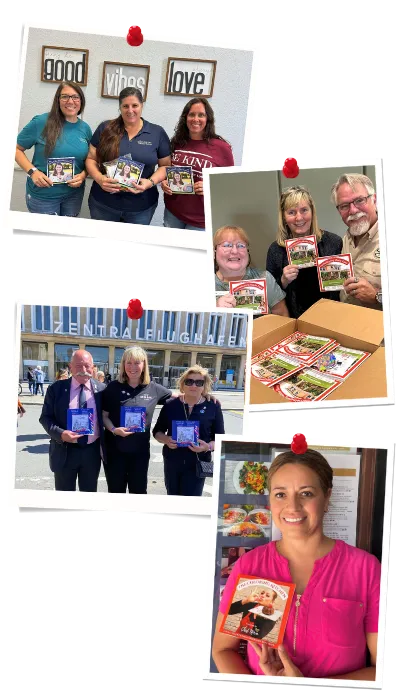
About Culture to Color®
It started with a love of travel and storytelling.
Everywhere we went, in every business and every organization, we found stories just waiting to be told—and we started asking, “How can we bring these stories to light? The world of business is full of colorful stories. We know discovering and sharing those stories is the best way to start a conversation with your audience.
Today, we work with businesses, organizations, and destinations that are looking for a unique marketing tool.
Culture to Color® designs and publishes high-end, content-rich, custom Explainer Coloring Books™ that transform your organization’s products, process, history, and culture into captivating visuals. Our unique approach merges information and imagination, making complex concepts easy to understand and share.
Proud Member
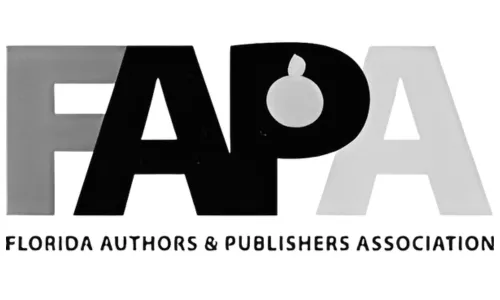

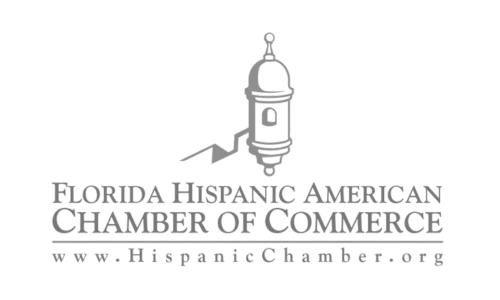





The Culture to Color® Process
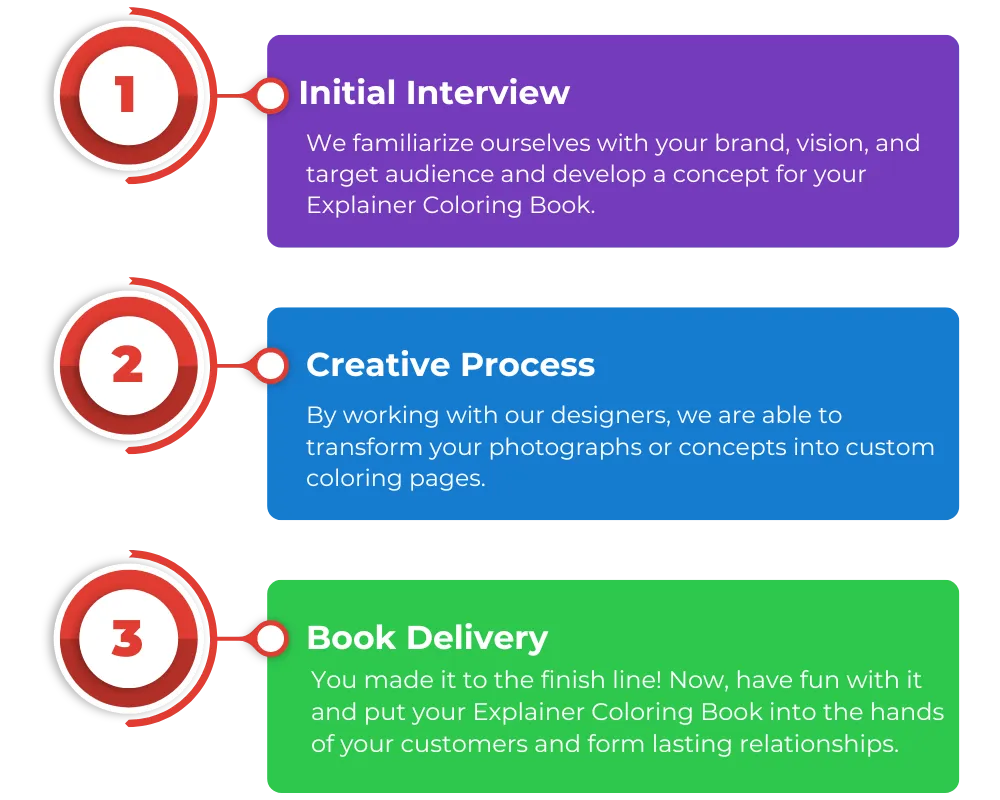
The Culture to Color® Process
The Culture to Color® Process
